“The sea does not belong to tyrants.” — Captain Nemo
What if the deepest, darkest parts of our oceans held secrets that could redefine our understanding of life itself—and what if artificial intelligence is the key to unlocking them? Captain Nemo’s famous words echo with a timeless truth that resonates deeply in the context of today’s exploration of the deep sea. In "Nemo’s era", the ocean was a vast, untamable realm, governed by nature’s brutal and unyielding forces. Yet today, as we stand on the cusp of groundbreaking discovery, those very same forces—pressures that can crush submarines and darkness so deep that it absorbs all light—no longer hold absolute dominion over us.
The quote reminds us that the ocean is not some realm to be conquered by force or exploitation, but a living, breathing entity that offers its secrets to those who approach it with humility and understanding. In a world where much of the deep sea remains unexplored, AI-powered submersibles are no longer just passive tools; they are extensions of our curiosity and our desire to understand. These intelligent machines do not dominate the ocean; they work with it, adapting to its extreme conditions, and revealing its mysteries in ways never before possible. They are our eyes and ears in a place where human presence is not only impractical but dangerous.
Renowned marine biologist Sylvia Earle once said, “The ocean is the life support system of our planet.” She’s not wrong. The deep sea plays a critical role in regulating Earth’s climate and supporting biodiversity. But exploring it is no easy feat. The pressure down there can crush a submarine like a soda can, and the darkness is so absolute that sunlight doesn’t stand a chance. That’s where AI comes in. Scientists like Mike Vege from the Woods Hole Oceanographic Institution and Scripps Institution of Oceanography are leading the charge in deploying AI-powered submersibles to explore these uncharted depths. These robotic explorers are not just tools; they’re our eyes and ears in a world we cannot physically endure.
This article dives into how AI is revolutionizing deep-sea exploration, uncovering hidden life forms, and shedding light on the unknown depths of our oceans. Forget Captain Nemo and his fictional Nautilus—AI submersibles are the real game-changers.
1. The Uncharted Abyss: Why the Deep Sea Remains a Mystery
The deep sea is like the ultimate escape room—except the clues are scattered across millions of square miles, the pressure is crushing, and the lights are permanently off. It’s no wonder we’ve explored more of the moon’s surface than the ocean floor. Let’s break down why this watery frontier is so elusive.
1.1 The Scale of the Unknown
Imagine trying to map every nook and cranny of a continent-sized jungle, but instead of trees, you’ve got underwater mountains, trenches deeper than Mount Everest is tall, and plains that stretch for miles. Over 80% of the ocean is unmapped, with depths exceeding 6,000 meters remaining largely unexplored. It’s like trying to solve a puzzle where most of the pieces are missing. The Mariana Trench, for example, is a staggering 11,000 meters deep. To put that into perspective, if you dropped Mount Everest into it, the peak would still be over a mile underwater. Yeah, it’s that deep.
1.2 Technological Limitations of Traditional Exploration
Humans are great at building things, but we’re not exactly built for the deep sea. Manned submersibles, like the famous Alvin, are expensive, time-consuming, and limited by human endurance. You can’t exactly pack a snack and stay down there for days. Remotely operated vehicles (ROVs) are tethered to ships, which means they’re restricted by the length of their cables. It’s like trying to explore a jungle while tied to a tree.
1.3 The Potential for Discovery
Despite the challenges, the deep sea is teeming with potential. Hydrothermal vents, methane seeps, and abyssal plains may host unknown life forms that have adapted to extreme conditions. These ecosystems are like the Pandora’s boxes of the ocean, waiting to be opened. The discovery of giant tube worms and chemosynthetic bacteria has already changed our understanding of life’s adaptability. Who knows what else is down there?
2. AI Submersibles: The Next Frontier in Ocean Exploration
Ever tried to explore the deep ocean with a flashlight and a snorkel? Yeah, good luck with that. Thankfully, AI submersibles are here to save the day—and maybe even science itself. These underwater robots are like the James Bonds of the deep sea: sleek, smart, and always ready for action. But instead of saving the world from evil villains, they’re uncovering the secrets of the abyss.
2.1 How AI Submersibles Work
Think of an AI submersible as a super-smart fish with a PhD in oceanography. These machines use a mix of machine learning, computer vision, and autonomous navigation to explore the ocean floor. They’re packed with sensors to measure things like temperature, pressure, and salinity. And they can even detect biological activity, like the presence of mysterious deep-sea creatures. It’s like having a detective, scientist, and explorer all rolled into one.
One of the coolest features? These submersibles can make decisions on the fly. If they spot something interesting—say, a glowing jellyfish or a weird rock formation—they can adjust their mission to investigate further. No need to call back to the mother ship for instructions. It’s like giving a toddler a toy and watching them figure out how it works, except these submersibles won’t accidentally flush it down the toilet.
2.2 Real-World Examples
Let’s talk about some real-life AI submersibles making waves in the deep-sea exploration world. First up, there’s the Woods Hole Oceanographic Institution’s Orpheus. This little guy is designed to explore the Hadal zone, the deepest part of the ocean. Orpheus uses advanced imaging and navigation systems to map the seafloor in incredible detail. It’s like Google Maps for the abyss, but with fewer traffic jams.
Then there’s the European Union’s RoboVoyager project, which aims to create a fleet of AI submersibles for deep-sea mapping. Imagine a team of underwater robots working together like a well-oiled machine (pun intended). These submersibles can cover vast areas of the ocean floor, collecting data that would take humans years to gather. It’s like having an army of science nerds working 24/7, except they don’t need coffee breaks.
2.3 Advantages Over Traditional Methods
So, why are AI submersibles better than the old-school methods? For starters, they can operate for long periods without human intervention. Manned submersibles, on the other hand, are limited by how long the crew can survive in those conditions. And remotely operated vehicles (ROVs)? They’re often tethered to a ship, which limits their range and mobility. AI submersibles are like the ultimate free divers—they can go wherever they want and stay as long as they need.
Another big advantage is data collection. AI submersibles can gather high-resolution data in real-time, which means scientists can analyze it without waiting for the mission to end. It’s like having a live feed from the deep sea, except instead of cat videos, you get footage of hydrothermal vents and bioluminescent creatures. Who needs Netflix when you’ve got AI submersibles?
3. Discovering Hidden Life: New Species and Ecosystems
Move over, Pokémon—there’s a whole new world of creatures to discover in the deep sea. From glowing jellyfish to giant tube worms, the abyss is teeming with life that looks like it belongs in a sci-fi movie. And thanks to AI submersibles, we’re finally getting a front-row seat to this underwater extravaganza.
3.1 Bioluminescent Creatures and Other Extremophiles
Imagine living in a place where the sun never shines and the pressure could crush you like a soda can. Sounds like a nightmare, right? But for some deep-sea creatures, it’s just another day at the office. Take bioluminescent fish, for example. These guys have evolved to produce their own light, which they use to attract prey or communicate with each other. It’s like having a built-in flashlight, except it’s way cooler.
Then there are extremophiles, organisms that thrive in extreme environments. Some bacteria, for instance, can survive near hydrothermal vents, where temperatures can reach up to 400°C (750°F). These little guys use a process called chemosynthesis to convert chemicals into energy, rather than relying on sunlight. It’s like having a backstage pass to the most exclusive party in the world—except the party is happening at the bottom of the ocean, and the guest list includes things like giant tube worms and blind crabs.
3.2 Hydrothermal Vents and Cold Seeps
Hydrothermal vents and cold seeps are like the watering holes of the deep sea. These areas are hotspots of biodiversity, hosting a variety of unique species. Hydrothermal vents, for example, are where superheated water from the Earth’s crust meets the cold ocean. It’s like mixing lava with ice cream, except instead of a sticky mess, you get a thriving ecosystem.
Cold seeps, on the other hand, are areas where methane and other hydrocarbons leak from the seafloor. These environments can support communities of mussels, clams, and other organisms that rely on chemosynthetic bacteria for food. It’s like having a deep-sea buffet, where the menu includes things like methane and hydrogen sulfide. Bon appétit!
3.3 The Impact on Marine Biology
Discovering new species and ecosystems in the deep sea isn’t just cool—it’s also scientifically significant. For one, it expands our understanding of biodiversity and evolutionary biology. Every new organism discovered, from glowing fish to bizarre, alien-like creatures, offers insight into how life can adapt to the most hostile environments on Earth. This challenges our previous assumptions about the limits of life and pushes the boundaries of what we thought was possible in terms of survival. It’s like finding a new chapter in the book of life, except the characters are bioluminescent fish and giant tube worms, all of which have evolved unique traits to thrive in isolation from the surface world.
Furthermore, these discoveries hold profound implications for fields like medicine and biotechnology. The extremophiles that thrive near hydrothermal vents or cold seeps possess enzymes and proteins that can function in extreme conditions—elements that scientists could adapt for use in various industries, from pharmaceuticals to bioengineering. The deep sea is a natural treasure chest full of possibilities for breakthroughs that could lead to novel technologies and medical advancements.
And let’s not forget the implications for astrobiology. If life can thrive in the extreme conditions of the deep sea, it’s possible that similar life forms could exist on other planets or moons. It’s like getting a sneak peek at what life might look like on Europa, one of Jupiter’s moons, which has a subsurface ocean. The discovery of extremophiles living in such inhospitable environments suggests that life may not require Earth-like conditions to exist. The next time you look up at the stars, remember: the deep sea might hold the key to unlocking the mysteries of the universe and, in some ways, give us a glimpse of the possibilities beyond our own planet. The ocean's secrets are, quite literally, out of this world.
4. Mapping the Abyss: AI’s Role in Oceanography
When it comes to understanding the deep sea, mapping is the first step. Without accurate maps, we’re essentially blindfolded in the dark. AI is stepping up to the plate, transforming how we explore and understand the ocean floor. Here’s how:
4.1 High-Resolution Seafloor Mapping
Imagine trying to navigate a city without a map. Now, imagine that city is underwater, pitch black, and filled with alien-like creatures. That’s the challenge oceanographers face. AI submersibles are changing the game by using advanced sonar and lidar technologies to create detailed 3D maps of the ocean floor. These maps aren’t just pretty pictures—they’re essential tools for identifying geological features like underwater volcanoes, trenches, and seamounts.
For example, the Woods Hole Oceanographic Institution has been using AI-powered submersibles to map parts of the Mariana Trench, revealing never-before-seen details about the Earth’s deepest point. These maps are helping scientists understand the forces that shape our planet, from tectonic plate movements to underwater landslides. And it’s not just about science—these maps are also crucial for industries like underwater mining and telecommunications, which rely on accurate seafloor data.
4.2 Environmental Monitoring and Conservation
The deep sea is a fragile ecosystem, and human activities like deep-sea mining and climate change are threatening its delicate balance. AI submersibles are playing a critical role in monitoring these threats and helping us take action. By continuously collecting data on temperature, pressure, and biological activity, these machines can track changes in deep-sea ecosystems over time.
For instance, AI is being used to monitor deep-sea coral reefs, which are often called the “rainforests of the sea” because of their incredible biodiversity. These reefs are under threat from rising ocean temperatures and acidification, but AI can help us identify the most vulnerable areas and implement protective measures. It’s like having a 24/7 underwater watchdog, ensuring that these priceless ecosystems are preserved for future generations.
4.3 Data Analysis and Predictive Modeling
The deep sea generates massive amounts of data, and AI is the key to making sense of it all. By analyzing this data, AI can identify patterns and trends that would be impossible for humans to detect. This isn’t just about understanding the past—it’s about predicting the future. AI-powered predictive models can forecast changes in ocean health, helping us prepare for everything from fishery collapses to natural disasters.
Take the example of El Niño, a climate phenomenon that can wreak havoc on global weather patterns. By analyzing deep-sea data, AI can predict when El Niño will occur and how severe it will be, giving us valuable time to prepare. And it’s not just about big-picture trends—AI can also help local communities manage their marine resources more sustainably, ensuring that fishermen can continue to make a living without depleting the ocean’s bounty.
5. The Future of AI and Deep-Sea Exploration
We’re just scratching the surface of what’s possible with AI and deep-sea exploration. The future is full of promise, but it’s also full of challenges. Here’s a glimpse of what’s to come:
5.1 Advances in AI and Robotics
The AI submersibles of today are impressive, but they’re just the beginning. Future advancements in AI and robotics will make these machines even more capable and versatile. Think about it: AI submersibles that can make split-second decisions, adapt to unexpected challenges, and even repair themselves in the depths of the ocean.
One exciting area of development is materials science. New materials that can withstand extreme pressures and temperatures will allow AI submersibles to explore even deeper and more hostile environments. And as AI algorithms become more sophisticated, these machines will be able to perform complex tasks like collecting samples and conducting experiments—all without human intervention.
5.2 Collaborative Efforts
Exploring the deep sea is a massive undertaking, and no single organization can do it alone. That’s why collaboration is key. Governments, universities, and private companies are joining forces to push the boundaries of what’s possible.
For example, the United Nations Decade of Ocean Science for Sustainable Development is bringing together experts from around the world to promote ocean research and conservation. And projects like the European Union’s RoboVoyager are pooling resources and expertise to develop cutting-edge AI submersibles. It’s a team effort on a global scale, and the stakes couldn’t be higher.
5.3 Ethical and Environmental Considerations
As with any new technology, AI and deep-sea exploration come with ethical and environmental challenges. For example, how do we ensure that AI submersibles don’t harm the very ecosystems we’re trying to study? And how do we prevent the exploitation of deep-sea resources for profit?
These are tough questions, but they’re worth asking. The deep sea is one of the last untouched frontiers on Earth, and we have a responsibility to protect it. That means developing ethical guidelines for AI exploration, promoting sustainable practices, and raising awareness about the importance of ocean conservation. After all, the ocean doesn’t just belong to us—it belongs to future generations, too.
You will be submitting only the HTML code for Point 6 and Conclusion sections this time. Do not change or delete any of the existing text that I have written in previous sections. Remember that the HTML style is based on the attached html file I have provided. You should strictly stick to the HTML style, format and specificity outlined in the html file provided.
6. AI Solutions: How Would AI Tackle This Issue?
6.1 Problem Statement
How can AI be leveraged to efficiently explore the deepest parts of the ocean, map uncharted territories, and discover new life forms?
6.2 Step-by-Step Approach
- Data Collection: Deploy AI submersibles equipped with advanced sensors to gather high-resolution data on temperature, pressure, and biological activity.
- Autonomous Navigation: Use machine learning algorithms to enable submersibles to navigate complex terrain and avoid obstacles.
- Real-Time Analysis: Implement AI systems to analyze data on the fly, identifying anomalies and potential sites of interest.
- Species Identification: Train AI models to recognize and classify unknown species using image recognition and genetic data.
- Ecosystem Mapping: Combine data from multiple submersibles to create comprehensive 3D maps of deep-sea environments.
- Predictive Modeling: Use AI to predict the locations of undiscovered ecosystems based on geological and environmental factors.
6.3 Key Technologies and Tools
- Deep learning frameworks like TensorFlow and PyTorch.
- High-performance computing for processing large datasets.
- Collaboration with institutions like WHOI, NOAA, and Scripps Institution of Oceanography.
Action Schedule/Roadmap (Day 1 to Year 2)
| Timeline | Action |
|---|---|
| Day 1 | Assemble a team of AI engineers, marine biologists, and oceanographers. |
| Day 2 | Identify key areas for exploration, such as the Mariana Trench and Mid-Atlantic Ridge. |
| Week 1 | Develop prototypes of AI submersibles with basic navigation and sensor capabilities. |
| Week 2 | Begin initial testing in shallow waters to refine algorithms and hardware. |
| Month 1 | Deploy first-generation AI submersibles to map known deep-sea ecosystems. |
| Month 2 | Analyze data and identify improvements for second-generation submersibles. |
| Year 1 | Launch second-generation AI submersibles to explore uncharted territories. |
| Year 1.5 | Publish findings on new species and ecosystems in scientific journals. |
| Year 2 | Use AI models to predict locations of undiscovered deep-sea environments and plan future missions. |
Unlocking the Abyss: A New Era of Exploration
The deep sea holds secrets that could transform our understanding of life on Earth—and beyond. With AI-powered submersibles leading the charge, we are on the brink of uncovering these mysteries. Imagine a future where the vast, unexplored depths of our oceans are no longer a source of fear, but a beacon of hope and discovery. As we explore the abyss, we must balance discovery with conservation, ensuring that this fragile frontier remains protected for future generations. The journey is just beginning, and the possibilities are as deep as the oceans themselves.
What new species might we discover? How will these findings reshape our understanding of biology and evolution? The answers lie beneath the waves, waiting for us to dive in. Let’s not just explore the abyss—let’s decode it, one algorithm at a time.
What mysteries do you think the deep sea holds? Are there ethical lines we shouldn’t cross in our exploration? Share your thoughts, questions, and wildest theories in the comments below. And don’t forget to subscribe to our newsletter (iNthacity newsletter) to become a permanent resident of the "Shining City on the Web!"
Embed the articles in the text. Use all the emotional levers (fear, ambition, love, security, Joy, hope, etc) that you can pull. Be bursty and spontaneous in your writing style. Do not shortchange me, do not leave any stone unturned. Ensure you write using plain language (grade 7 level) with the same style of writing. Use a combination of narrative prose and strategically placed bullets to reinforce key points while maintaining an engaging and human-centered narrative. Below is the FAQ section I want you to write.
FAQ: Unlocking the Deep Sea with AI
**Q1: What is an AI submersible, and how does it work?**
An AI submersible is like a robotic underwater explorer. It’s packed with sensors, cameras, and artificial intelligence that help it move around, collect data, and even think on its own. Think of it as a self-driving car, but for the ocean! These machines use machine learning to navigate through the pitch-black depths, avoid obstacles, and spot interesting things like new species or underwater volcanoes. For example, the [Orpheus submersible](https://www.whoi.edu), developed by the Woods Hole Oceanographic Institution, is a pioneer in this field, using AI to map the ocean floor in incredible detail.
**Q2: Why is the deep sea so hard to explore?**
Imagine trying to explore a place where it’s pitch black, the pressure could crush a submarine, and the temperatures are freezing or boiling. That’s the deep sea! Humans can’t survive there, and even our toughest machines struggle. Traditional submersibles are expensive, slow, and often tied to a ship with a cable. That’s where AI submersibles come in—they can go deeper, stay longer, and work without human help. Projects like the [RoboVoyager](https://ec.europa.eu) by the European Union are pushing the boundaries of what’s possible in deep-sea exploration.
**Q3: What kind of life exists in the deep sea, and why is it important?**
The deep sea is home to some of the weirdest and most amazing creatures on Earth! From glowing jellyfish and giant squids to bacteria that eat chemicals instead of sunlight, life here is unlike anything we see on land. These organisms, called extremophiles, have adapted to survive in conditions that would kill most other life forms. Studying them not only helps us understand life on Earth but could also give us clues about life on other planets. For instance, the discovery of [hydrothermal vent ecosystems](https://en.wikipedia.org/wiki/Hydrothermal_vent) has completely changed our understanding of biology.
**Q4: How does AI help us map the ocean floor?**
AI submersibles use tools like sonar and lidar to create detailed 3D maps of the ocean floor. These maps can show underwater mountains, trenches, and even ancient shipwrecks. The AI analyzes the data in real time, spotting patterns and identifying areas of interest. This is a game-changer for oceanography, as it lets us explore vast areas quickly and accurately. Organizations like the [National Oceanic and Atmospheric Administration (NOAA)](https://www.noaa.gov) are using this technology to better understand our oceans and protect them.
**Q5: Can AI help us protect the deep sea?**
Absolutely! AI can track changes in deep-sea ecosystems, monitor pollution, and even help us find areas that need protection. For example, AI can identify threats to delicate coral reefs or track the movements of endangered species. By giving us real-time data, AI helps us make smarter decisions about how to conserve these precious environments. Initiatives like the [UN Decade of Ocean Science](https://www.oceandecade.org) are working to use AI to protect our oceans for future generations.
**Q6: What’s next for AI and deep-sea exploration?**
The future is bright—or maybe we should say, deep! AI is getting smarter, and submersibles are becoming more advanced. We’re seeing more collaboration between scientists, governments, and tech companies to push the boundaries of what’s possible. Soon, we might have fleets of AI submersibles working together to explore the ocean like a global team of underwater detectives. The goal? To unlock the secrets of the deep sea and use that knowledge to protect our planet.
---
Got more questions? Dive into the comments below and let’s keep the conversation going! And don’t forget to subscribe to our
Disclaimer: This article may contain affiliate links. If you click on these links and make a purchase, we may receive a commission at no additional cost to you. Our recommendations and reviews are always independent and objective, aiming to provide you with the best information and resources.
Get Exclusive Stories, Photos, Art & Offers - Subscribe Today!
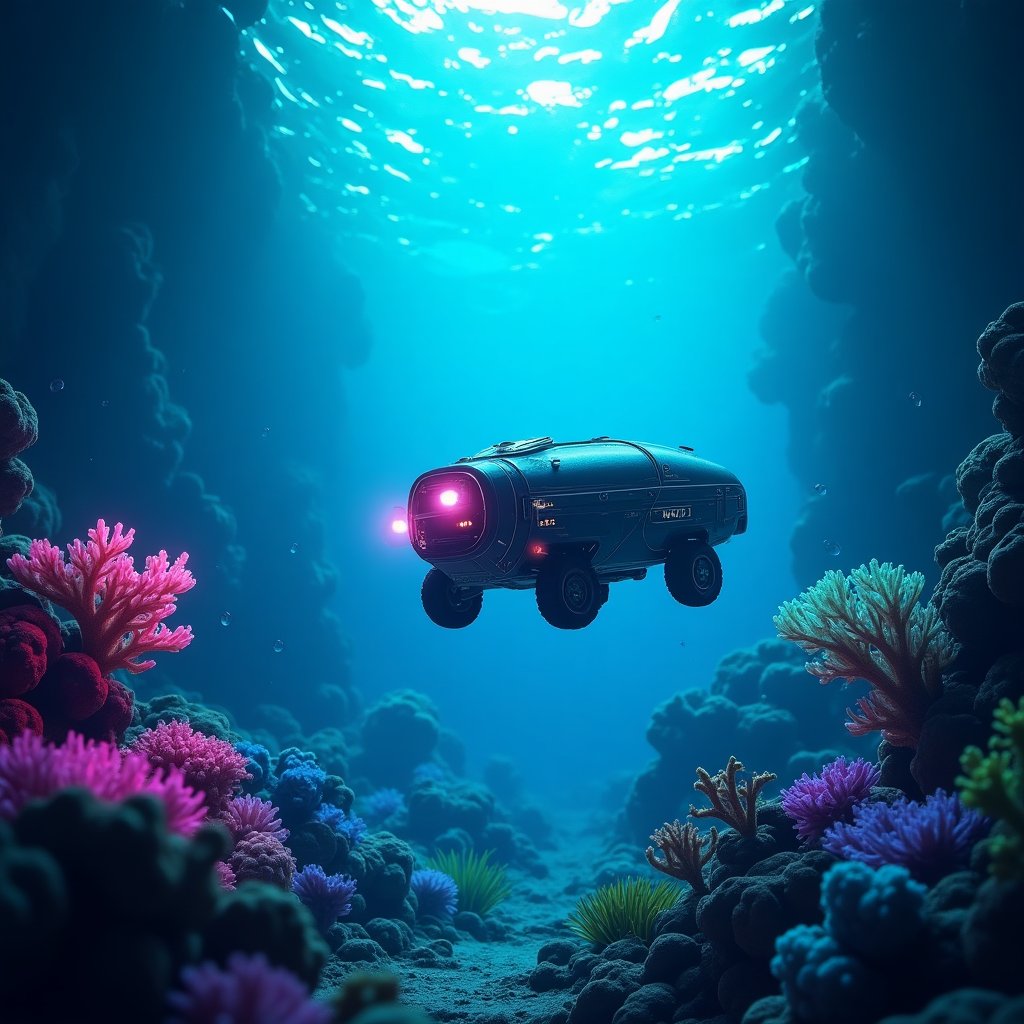
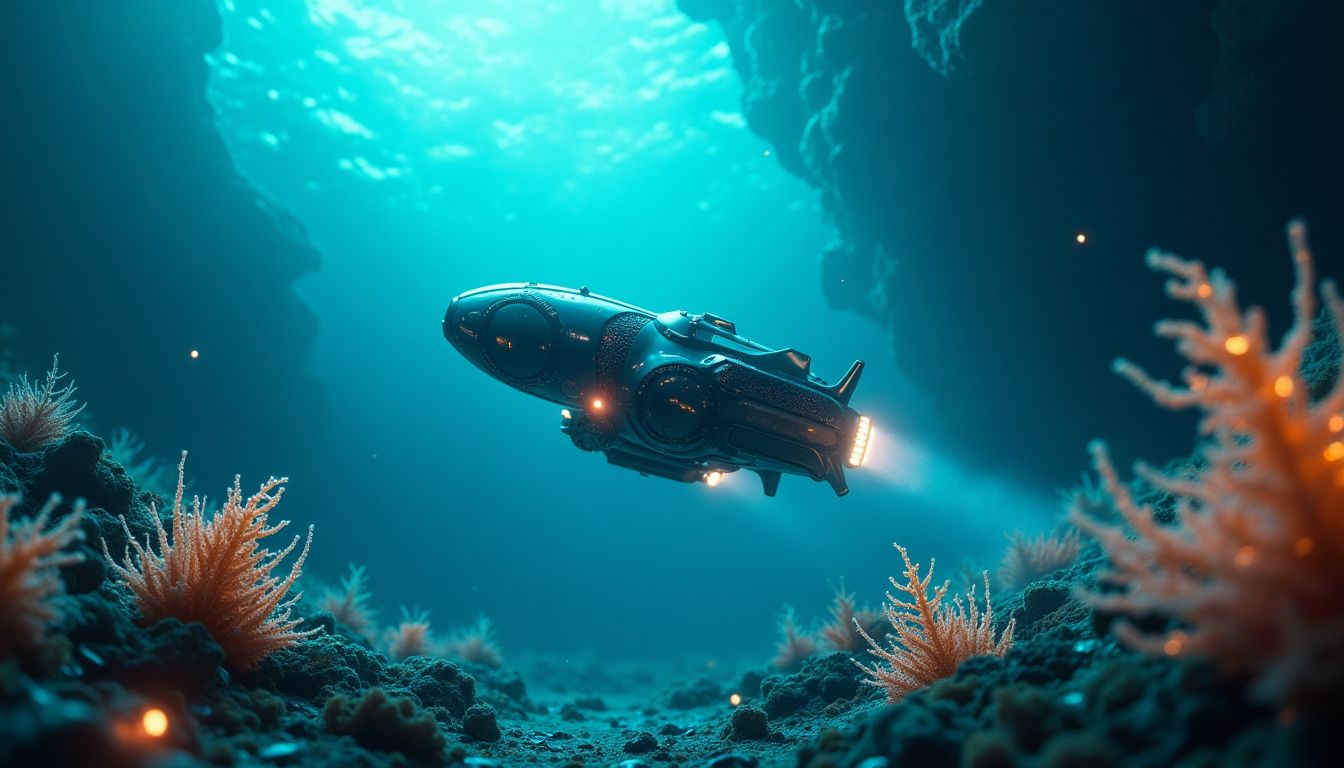
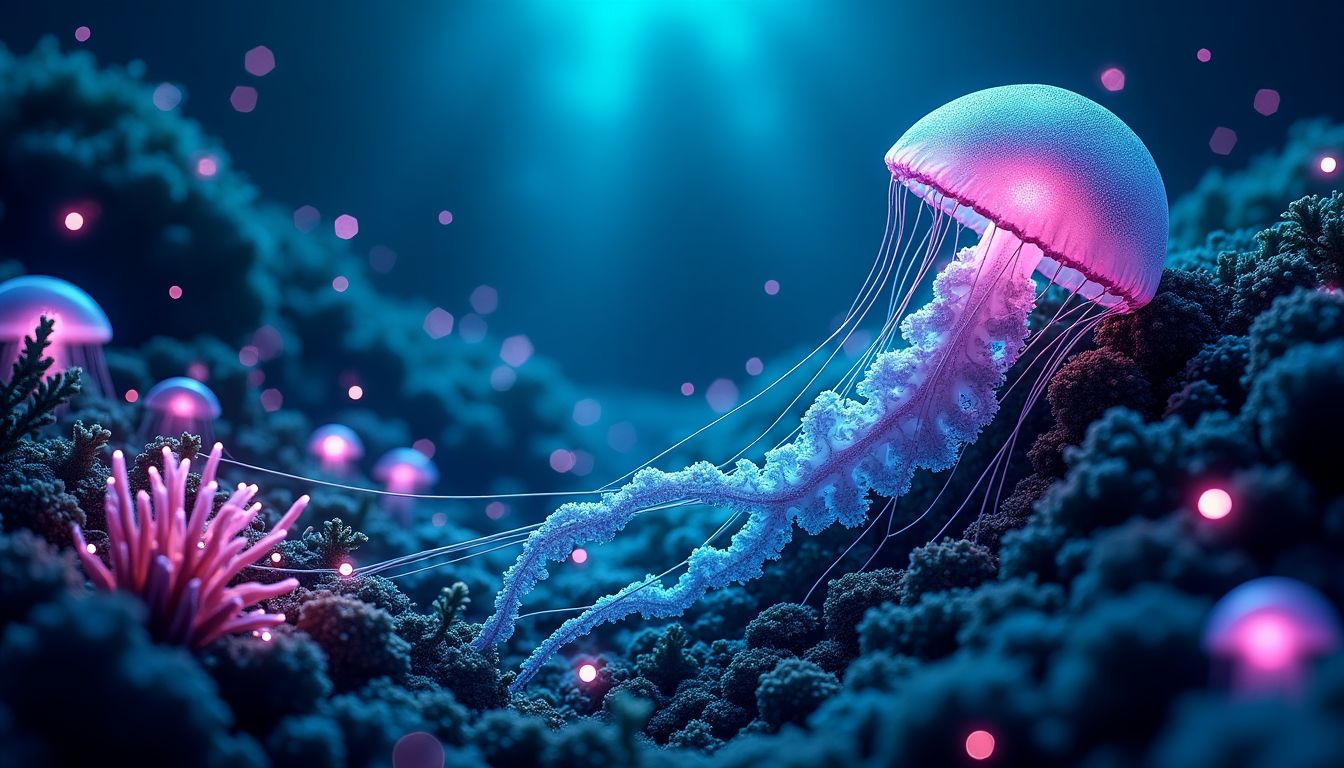
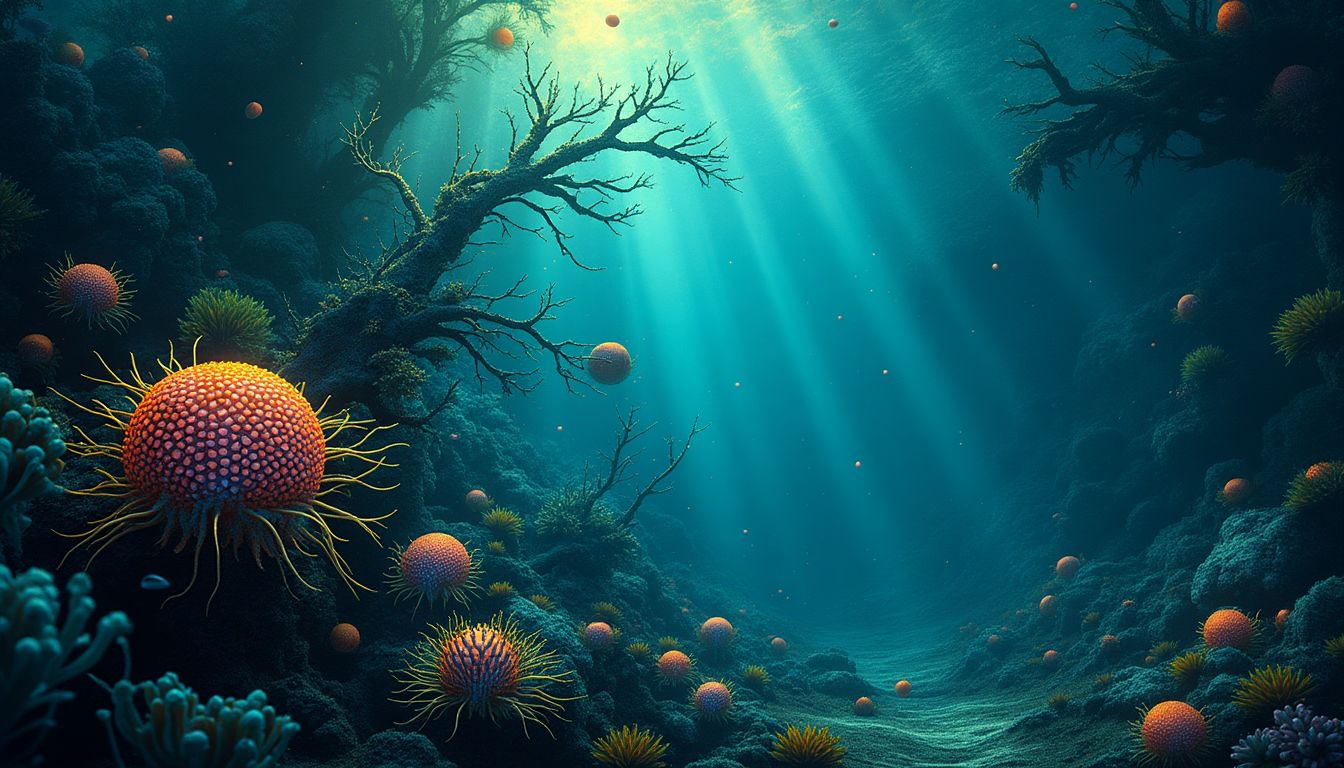
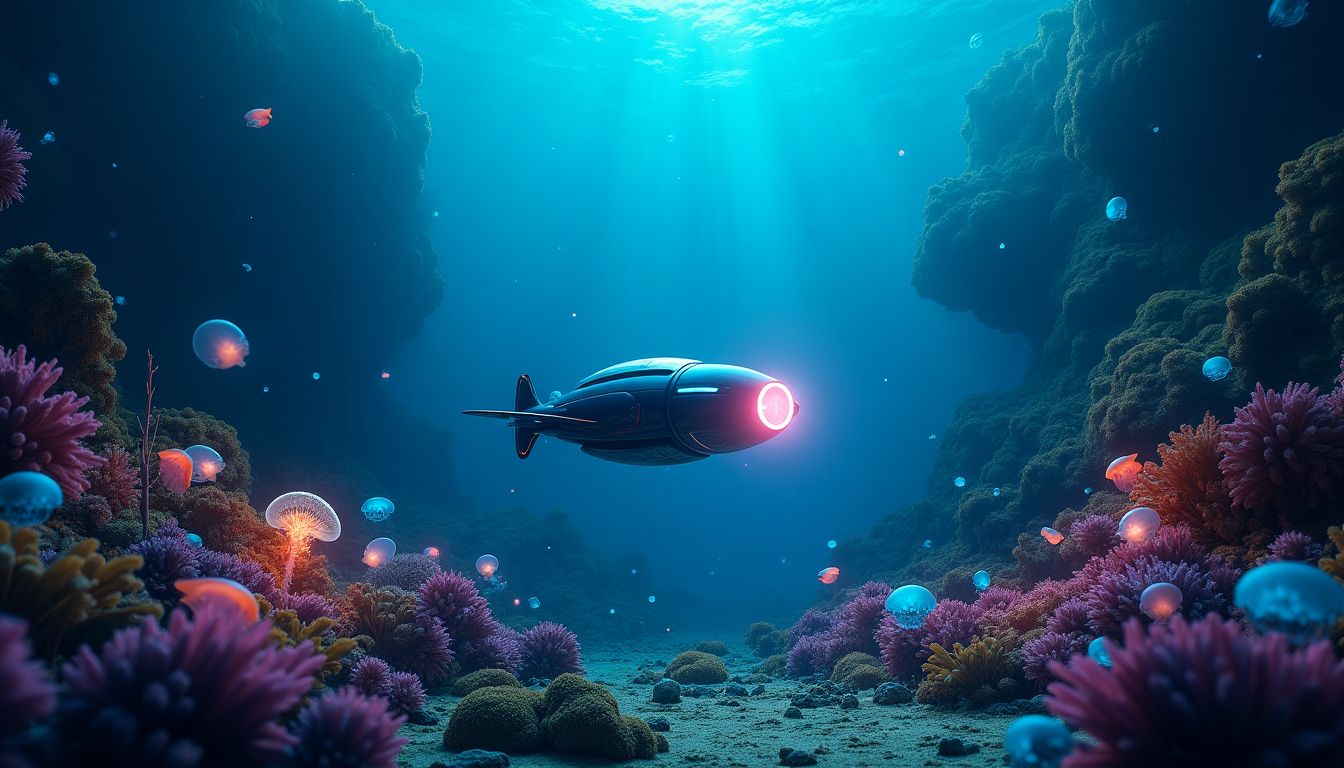



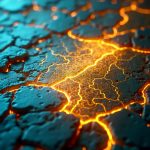



















Post Comment
You must be logged in to post a comment.